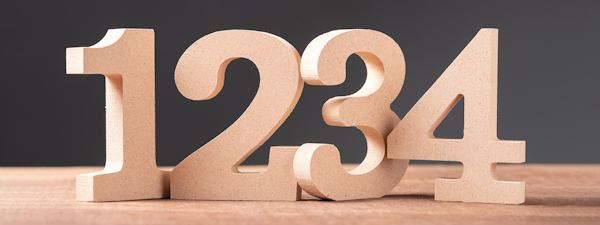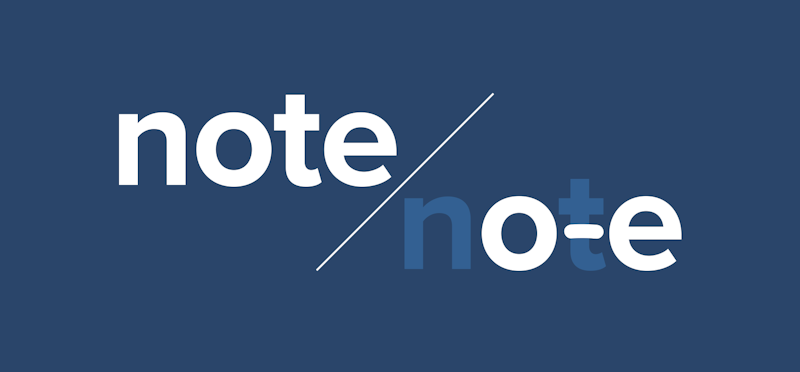
Most adults recognize that the “short vowel sounds” refer to the /a/, /e/, /i/, /o/, and /u/ sounds found in the words hat, net, hit, hot, and hut, but some schools no longer use this terminology, so your child might be unfamiliar with it.
Seeing this opportunity, I relabeled the short vowel sounds in the OnTrack Reading curriculum. Instead, I call them the First Vowel Sounds.
It's crucial that your child fully masters the First Vowel Sounds. These sounds must be recalled automatically when seen in order for your child to efficiently decode longer, multisyllable words down the line. Here's a worksheet for you to download so your child can practice them:
The title of the worksheet implies that the vowel sounds /a/, /e/, /i/, /o/ and /u/ form a class, that is, that these five sounds belong together. This class is called the First Vowel Sound, a term that has exactly the same meaning for the letters a, e, i, o, and u as the older short vowel sound. The corresponding old long sound now becomes the Second Vowel Sound of those letters. Just as we once learned two categories of vowel sounds –short and long – your child should now learn two categories: First and Second.
Why the change in terminology?
The use of the terms “first” and “second” logically paves the way for a “third“ and even “fourth” vowel sounds. And, indeed, the letters a, i, o and u all have a third vowel sound associated with them. The letter u even has a fourth.
The purpose of the worksheet you downloaded is to swiftly instruct your child in the First Vowel Sounds and to instill the understanding that these sounds form a class with shared characteristics. The first characteristic that they share is that they are typically the sound used in the center of a three letter word, such as cat and hot. To underscore this point, the key words for each of the sounds are the three-letter words, cat, net, sit, hot and cut, all with the vowel spelling in the center of a three-letter word.
Directions for Using the “First Vowel Sounds” Phonics Worksheet
Here’s how to use the worksheet. Start by reviewing the key words with your child to ensure they recognize each one, then guide them to say the sounds /a/, /e/, /i/, /o/, /u/ as you point to the letter next to each word. Then move to the first line below and have them do it again, allowing them to glance at the key words if needed. Next, try the second line, which mixes them up a bit. Again, again allowing a glance at the key words if necessary.
At this point, you might notice if your child is finding one or two of the letters particularly challenging. For example, if they consistently say /u/ for the letter “a,” acknowledge the difficulty with the /a/ sound and suggest working specifically on the /a/ row. (Reminder: /a/ means the sound, not the letter name itself.) Transition to the third row that starts with the letter “a” and appears every other letter.
As your child goes over the /a/ row, note again which other letters might be causing confusion. If it’s the letter o, acknowledge the uncertainty with the /o/ sound, and go to the row starting with the letter "o." Keep this practice concise, around two or three minutes, and praise any obvious progress.
Set the worksheet aside and revisit it later for another two to three minutes of practice. By continuing this process over just a few days, you’ll observe your child begin to automatically say the correct sound when looking at a letter, no longer needing to reference the key words. They will begin to conceptualize these sounds as a distinct class, united under the common terminology “First Vowel Sounds” because they are consistently practiced together and referenced by this shared label.
Expected Results
Using this worksheet, nearly every client of OnTrack Reading learned the First Vowel Sounds by the time they returned for the following week’s lesson, so consider giving it a try. Your child will learn the sounds and will no longer have to look up at the ceiling and visualize an “octopus” and then say /o/ to himself before returning to the text to read a word like lots or plot. He also won't find himself thinking about an octopus in the middle of whatever story he’s reading.
If you found that your child needed this lesson then you should consider purchasing the OnTrack Reading Advanced Code Phonics Workbook. The workbook is a complete advanced code phonics program that incorporates each of these “Tidbits” and includes all the information your child will need to become proficient in phonics. It also includes the an extremely effective multisyllable decoding method.
The lesson that should follow this one is Explaining Split Vowel Digraphs. That article explains how to teach a child about split vowel words like save, shine, tone, theme, and cute, where the vowel spelling is “split” by the ending consonant sound.



